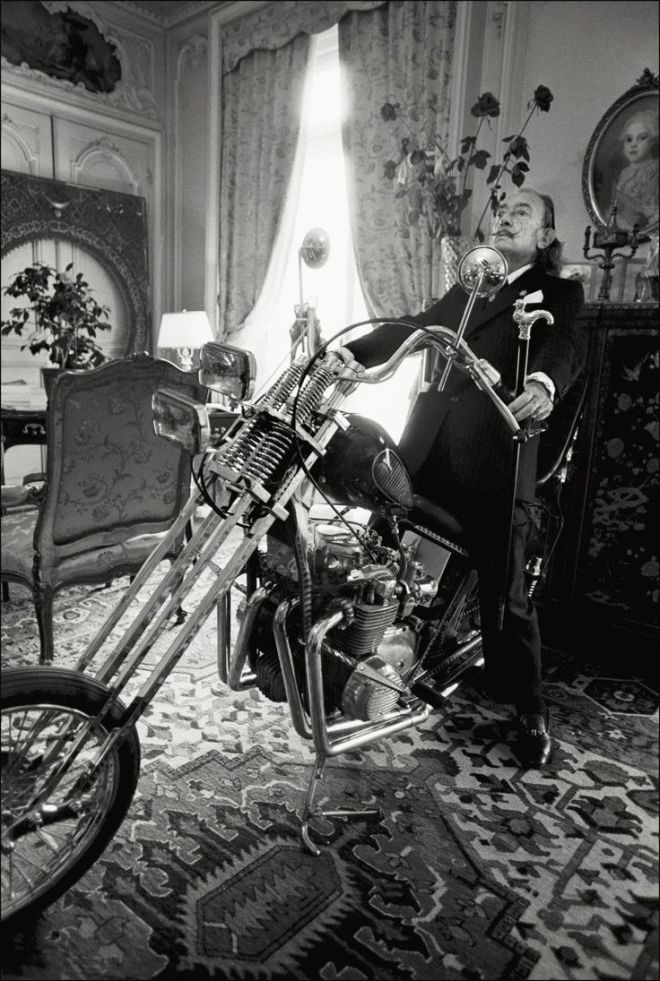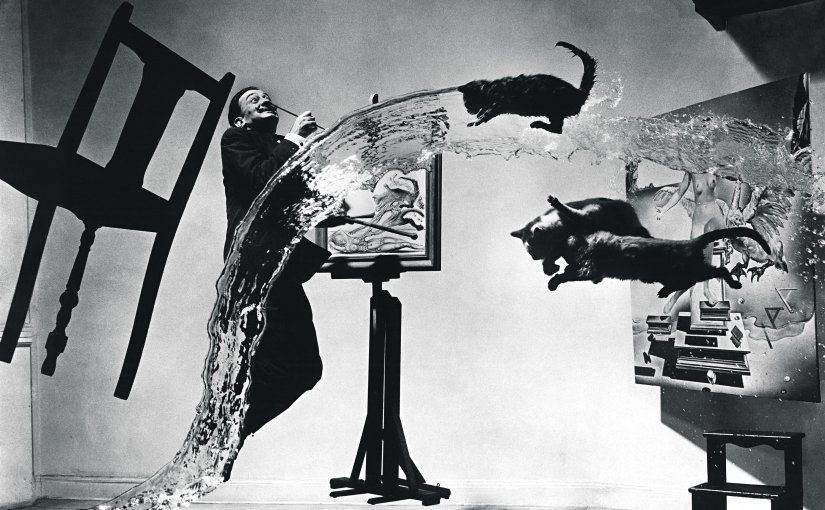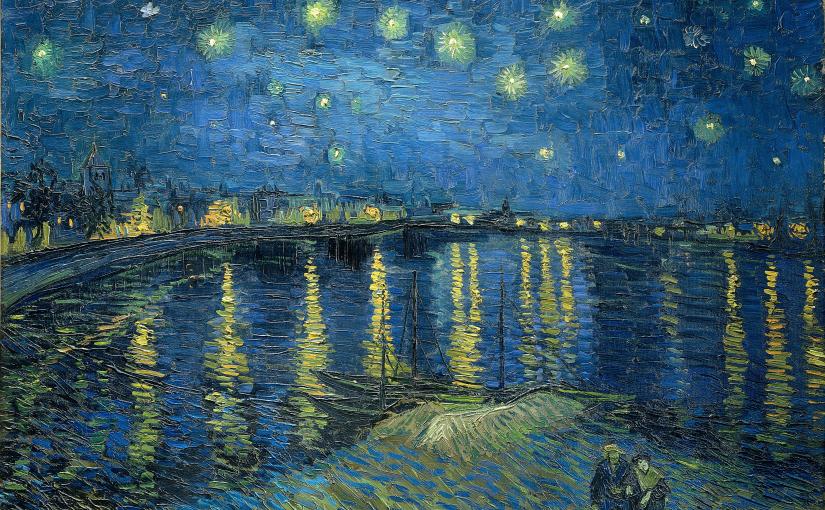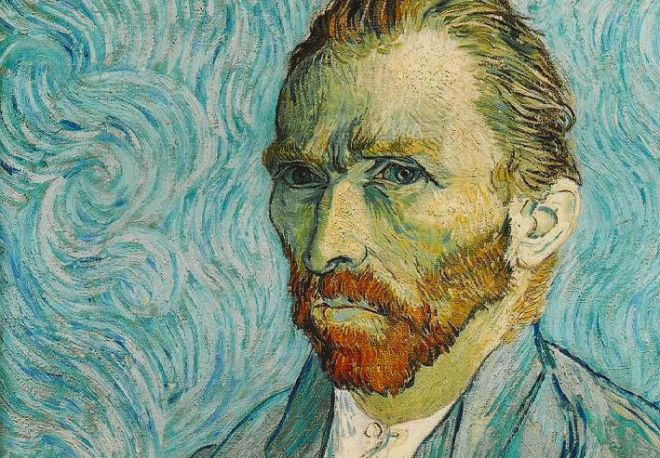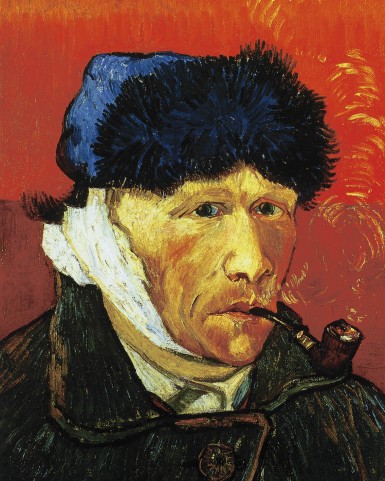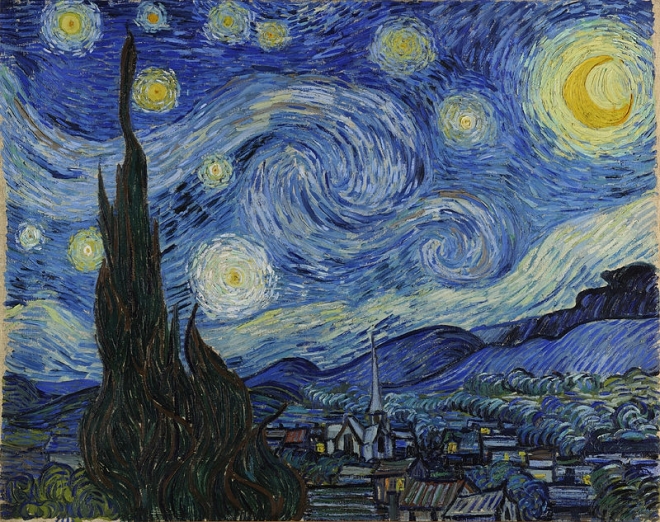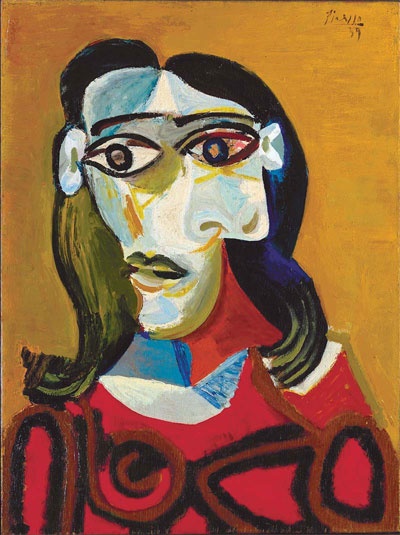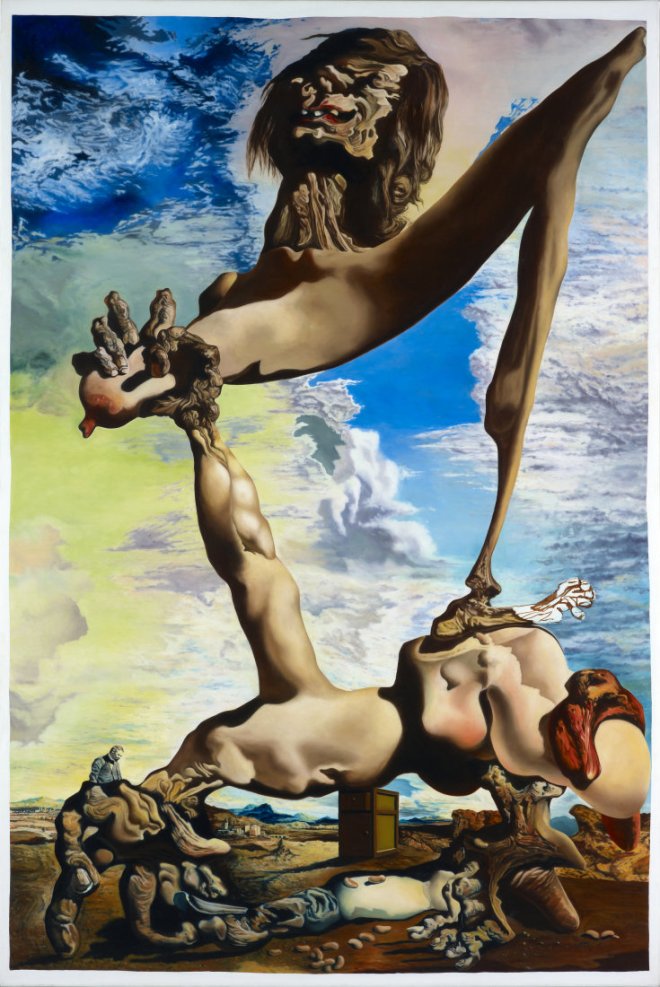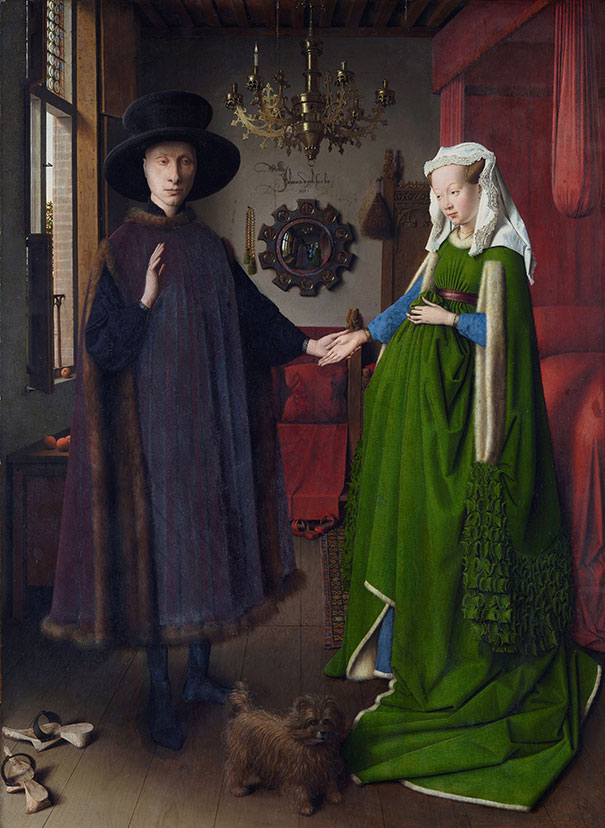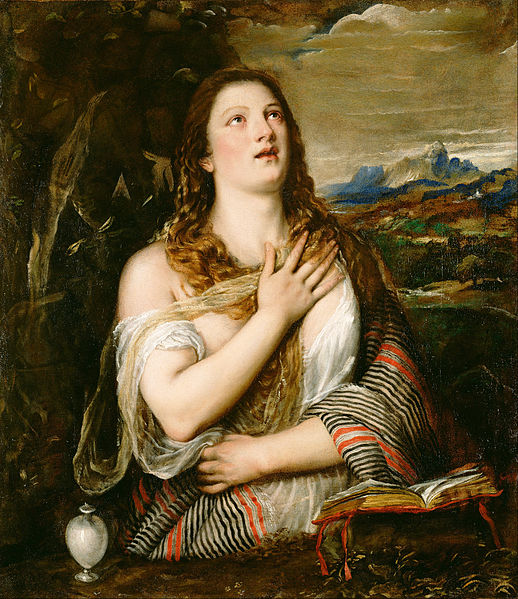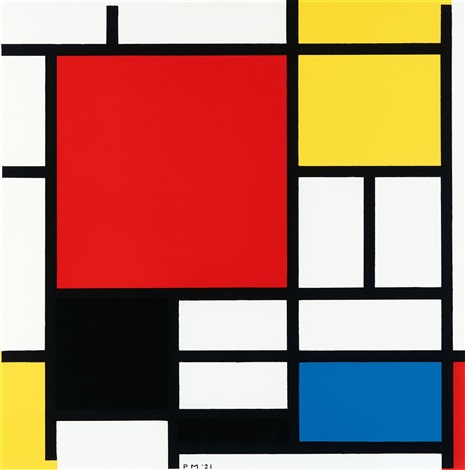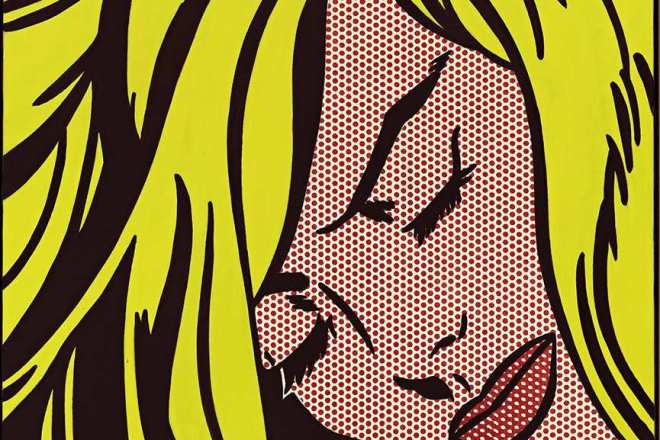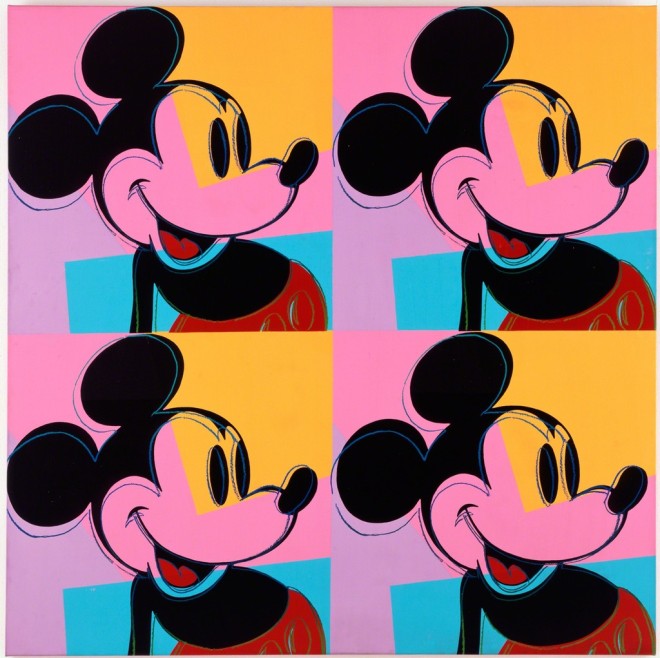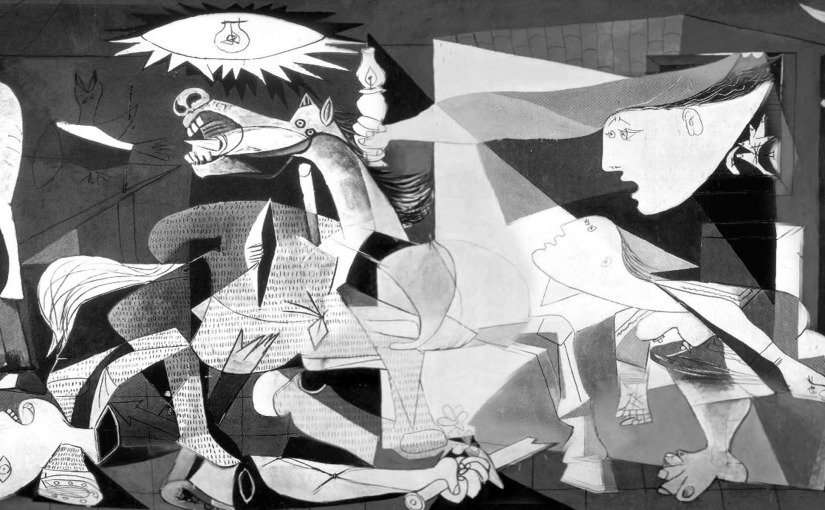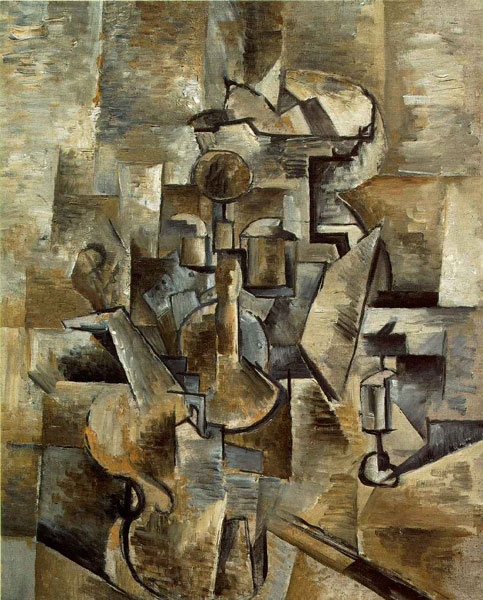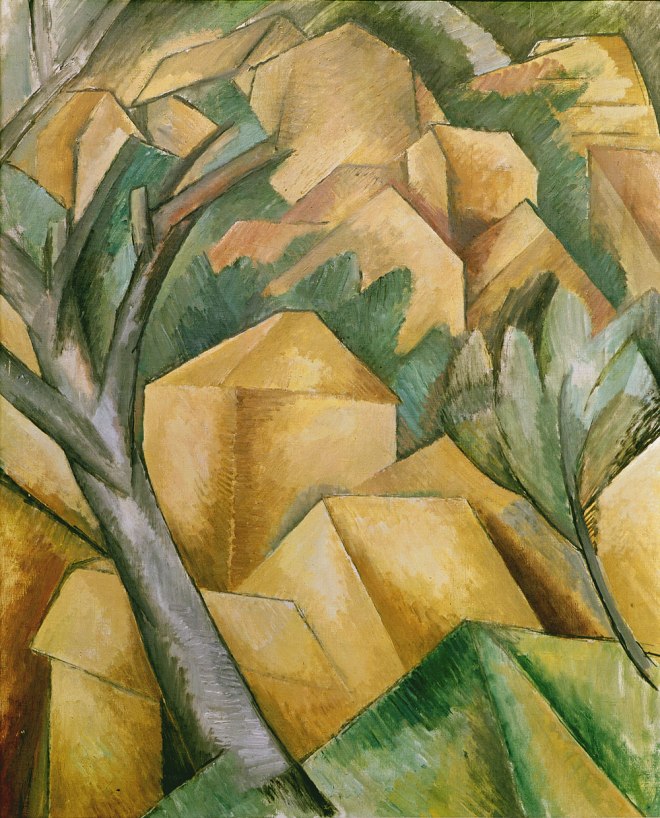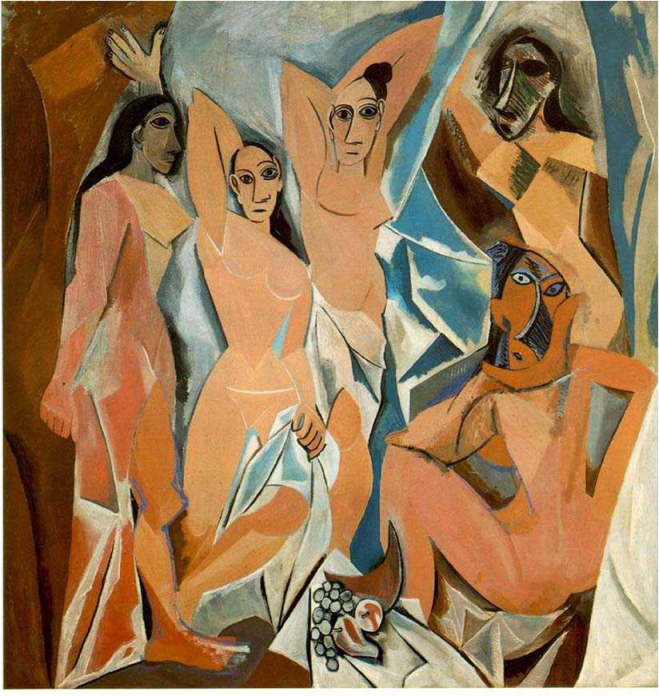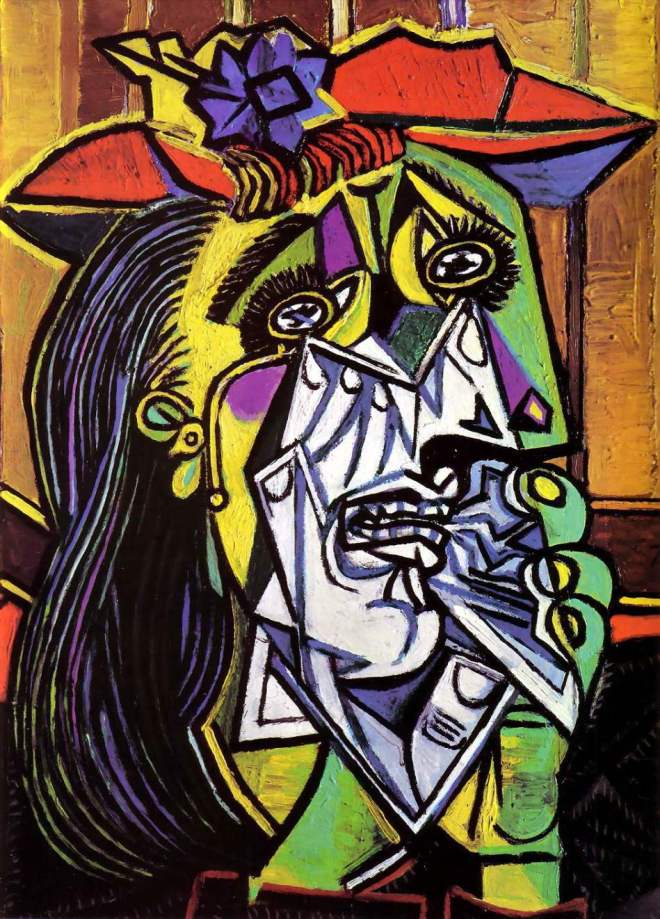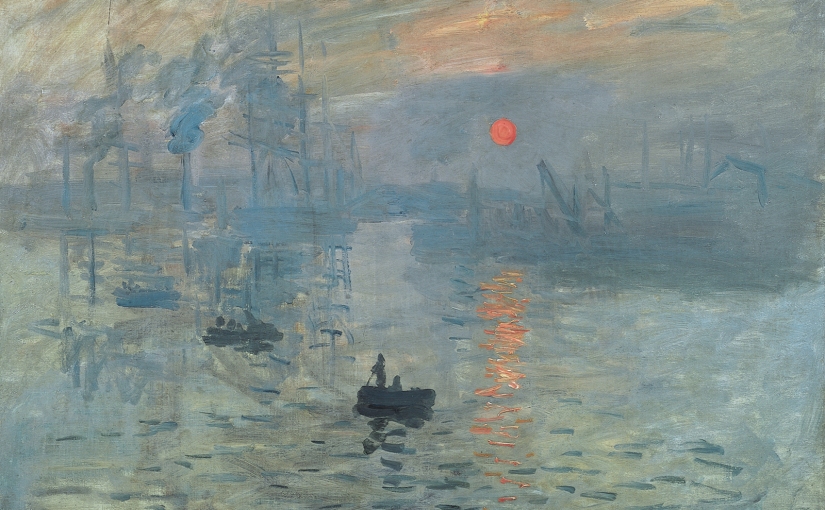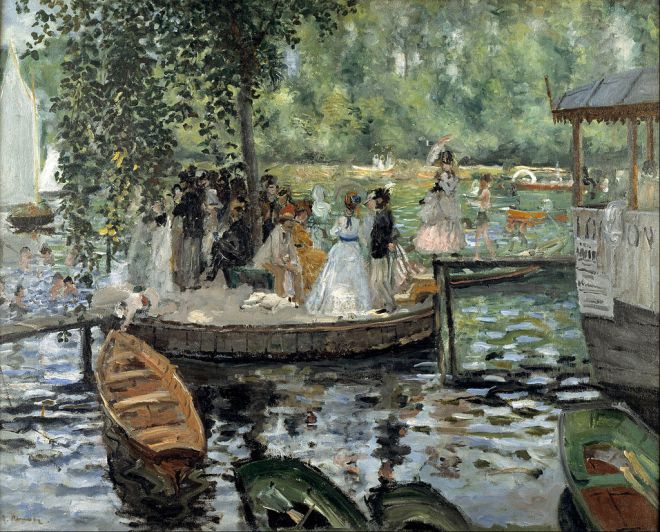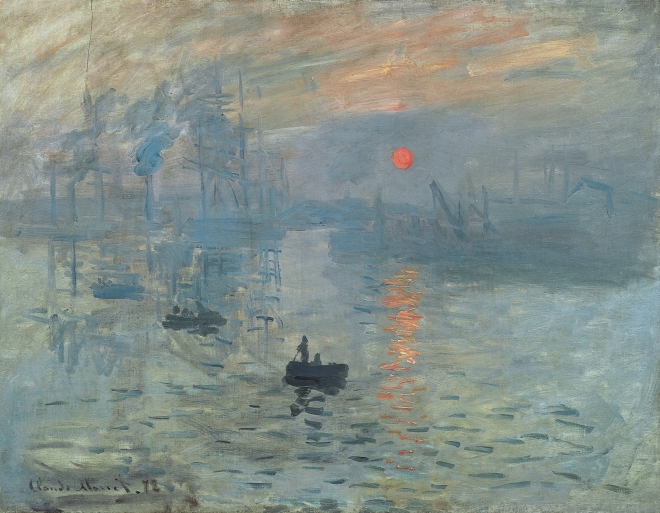Dali was a very extravagant artist of the 20th century. Here are some fun facts about him and his life.
Dali leaves the academy of beaux-arts in Madrid because he said that nobody had the skills to evaluate his paintings.
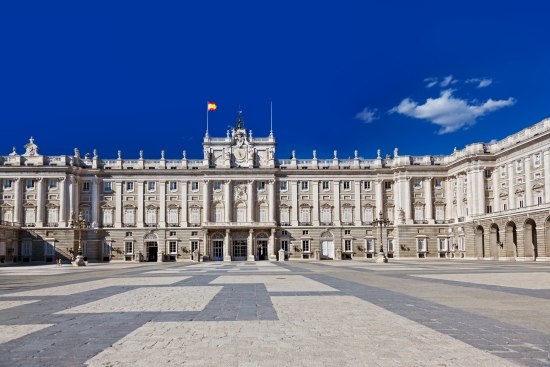
Dalí had erotic dreams of 12 year old girls and had an obsession for Hitler. The Central Committee of the Communist Party reacts, which summoned him in January 1934 to Breton.
He presented himself as sick: with a sweater and a thermometer.
Once the accusation was over, he read his argument by doing a striptease.
He said in a gross way that he was only transcribing his particular dreams.
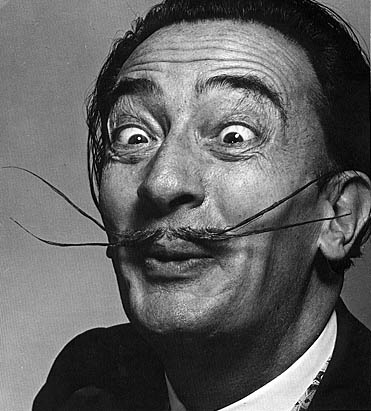
In 1936, Dali had the brilliant idea of wearing a deep-diving suit at the International Surrealist Exhibition in London. Since he was eccentric, the witnesses thought he was gesticulating to be comical when he nearly died choking.

He went to the university in a yellow and black Rolls-Royce, filled with cauliflowers, which he gave as autographs.
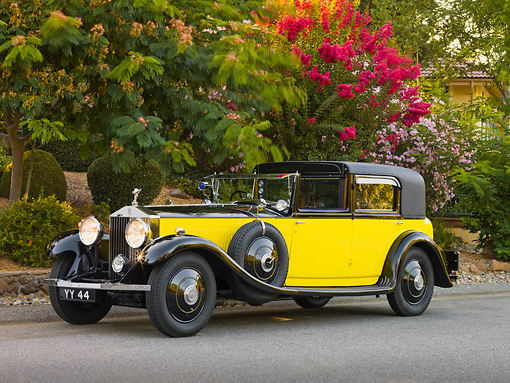
He had an ocelot as a pet.

He collaborated with Walt Disney for an animated film: Destino.
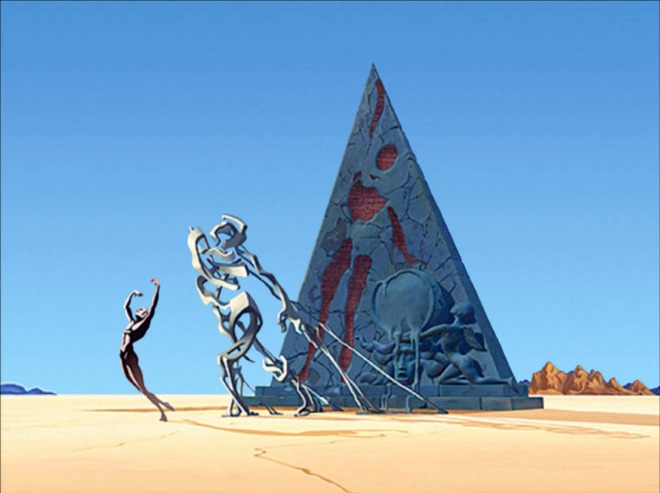
He made the original logo of the brand Chup Chups.

For the launch of a perfume named « Fracas », Dali, in charge of making a work for the showcase of the store, appeared on the day of the launch and just threw a pavement in the window of the shop.

According to Dali, the Perpignan train station is the center of the world.
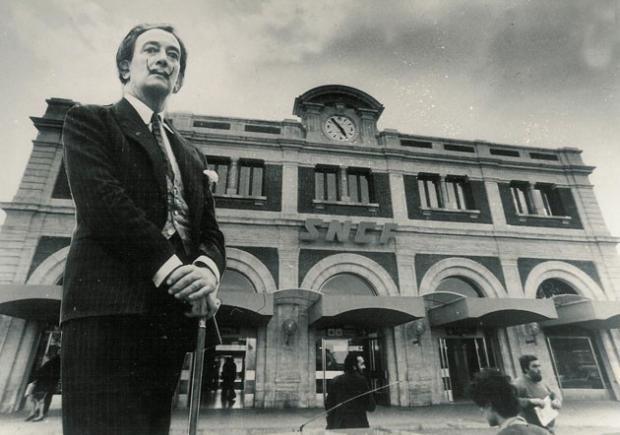
Dali created his own museum in his villa and asked to be buried there.

Dali met Alice Cooper in a strange way. First, according to Alice Cooper, Dali came with a giraffe skin coat and curly boots. He ordered a cup of hot water.
Then, he gave to Alice Cooper a sculpture of his brain that contained an éclair au chocolat covered with real living ants.
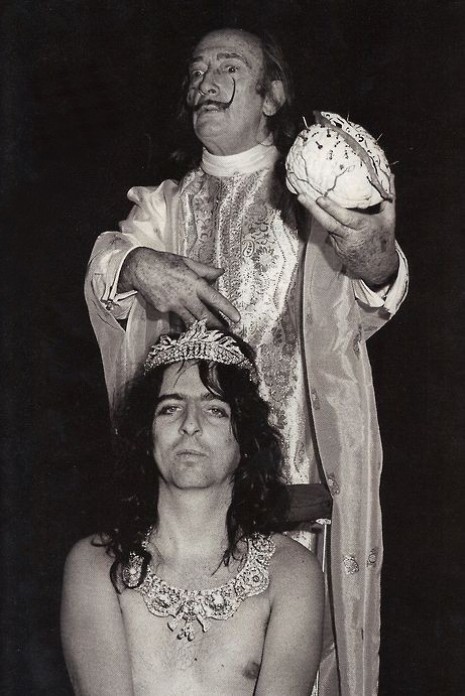
One day in Paris, while living in the Hotel Meurice, Dali summoned the press. In his suite he prepared bags that contain liquid paints. He opened the window, stepped on the balcony and threw the bags of paint on the parked cars. He named the painting Explosion.
